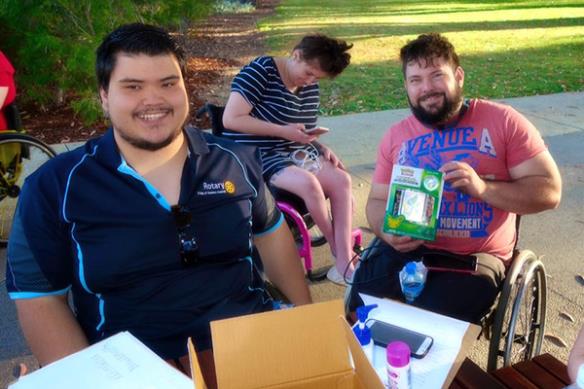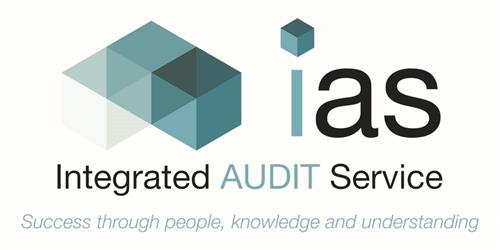By Shogo Williams-Matsuoka, president-elect, Rotary E-club of Western Australia

Shogo Williams-Matsuka, left, attends a club event in 2016. Williams-Matsuka says he joined Rotary partly to improve the representation of people with disabilities in community groups.
My life as a Rotarian began in 2014, when I became a member of the Rotary Club of Cockburn in Western Australia. Since then, I have joined the Rotary E-club of Western Australia and am the current president-elect for 2019-2020. My involvement in Rotary is motivated by the need to do more to improve the representation of people with disabilities in community organisations. Often people with disability are portrayed as the passive recipients of charity, undermining our capability to provide meaningful contributions to society.
The inclusion of people with disability holds specific importance for Rotary. Many Rotarians are advanced in years. As people age, they are more likely to develop impairments that require adjustment to their physical and social environments. In addition to our existing Rotary membership, an inclusive Rotary must accommodate the needs of the 15 percent of the global population living with some form of disability (according to the World Health Organization’s World Report on Disability).
We also need to ensure that Rotary is reflective of contemporary attitudes towards disability as other community organisations embrace the benefits of diversity. Contemporary attitudes recognise that disability is more than a medical impairment, it is also impacted by social and physical barriers.
The first step to including people with disability is to recognise the barriers that preclude people with disability from becoming members of Rotary. The barriers that could potentially limit the involvement of people with disability go beyond the physical barriers most commonly associated with disability. Our ability to attract and retain Rotarians with a disability is also determined by how we perceive their ability to meet the expectations of being a Rotarian. Therefore, we must suspend judgement of what a person is capable of before we begin getting to know them.
Physical barriers for prospective or current Rotarians are not limited to wheelchair accessible parking, ramps or toilets. Many people with visual or auditory impairments require accessible information to join or participate. Ensuring that your website and social media meets basic accessibility standards is one way of providing accessible information. There are many website accessibility tools that you can learn about through a quick Google search. Likewise, there are various resources available online for ensuring that your club events are accessible.
Editor’s note: This is the second in a series of posts celebrating Membership Month. Get tools to measure how well your club is meeting member needs and reflecting your community, including the six-page worksheet, Diversify Your Club.
Source: Rotary Voices



